I'm currently implementing the stereovision with OpenCV. Now I'm using the Stereo_Calib sample to remove the distortion en rectify the image. Removing the distortion works fine.

But when I apply rectification, the image is very warped.

This is the code to rectify the images. The parameters rmap are calculated in the same way as in the Stereo_calib example (see here)
void StereoCalibration::StereoRectify(Mat &imageLeft, Mat &imageRight)
{
Mat imLeft, imRight;
remap(imageLeft, imLeft,DistLeft.rmap[0], DistLeft.rmap[1], CV_INTER_CUBIC);
remap(imageRight,imRight, DistRight.rmap[0], DistRight.rmap[1], CV_INTER_CUBIC);
imageLeft = imLeft;
imageRight = imRight;
}